
Yoga is a 5,000-year-old Indian wellness philosophy. Numerous versions of it exist, each with a little different emphasis. Though the concept that good health depends on a holistic outlook on life—recognizing and addressing all aspects of the relationship between the mind, body, and soul. Yoga differs from other forms of exercise because of this.
Background of Yoga
According to tradition, there are four “paths” to achieving a higher plane of consciousness, which will enable one to achieve a more tranquil, balanced state of being:
The four types of yoga are:
- jnana (knowledge) yoga
- bhakti (devotion and compassion) yoga
- karma (mindfulness and selfless action)
- raja yoga (and its subsequent adaption, hatha yoga).
The type of yoga that is most well-known and practiced in the West is raja Yoga. Between 200 BC and 200 AD, the Indian sage Patanjali codified this in the Yoga Sutras, creating a method known as “ashtanga” yoga, which means “eight limbs.” It’s crucial to remember that the asanas, or poses, that many people consider to be the essence of “yoga” today are, in fact, just one part of the overall picture.
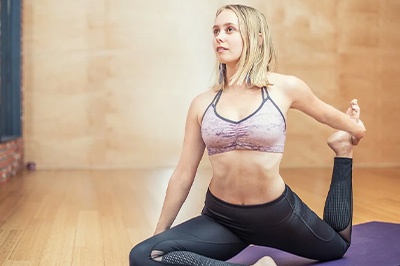
Yoga In the West
Late in the 19th century, yoga was introduced to the West, but it wasn’t until the 1960s that it gained popularity. Committed followers of leaders like Swami Vishnudevananda are Swami Sivananda’s students who offered yogic concepts in easily comprehensible terms. He put forward five guidelines of yoga: appropriate movement, breathing, food, and relaxation plus optimistic thought and contemplation.
The Yoga’s “Eight Limbs”
The eight-fold yoga method that the Indian sage Patanjali proposed in his now-famous Yoga Sutras literature provides recommendations for a balanced, healthy life:
- Asanas: developing discipline through physical postures in preparation for meditation.
- Pranayama: breath control exercises to master our internal energy, known as prana.
- Yama: positive, ethical, external actions, such as non-violence, no stealing, and truthfulness.
- Niyama: positive, self-disciplined, internal “actions,” such as cleanliness and self-study.
- Pratyahara: transcending of the senses
- Dharana: focus
- Dhyana: meditation
- Samadhi: spiritual development.
Current Yoga “Types”
There are many different yoga styles to pick from. Some of the more prevalent forms are listed below:
- In Hatha yoga classes in order to attain the greatest stretching and relaxation, postures are typically held for quite a long time. They, therefore, complement “Take it easy” personalities the best. However, all styles of physical yoga are, strictly speaking, variations of hatha yoga because hatha refers to the union of opposites for balance with “ha” standing for the sun and “tha” for the moon.
- Iyengar yoga focuses on precise body alignment and may employ aids like straps or blocks to help you get into the poses. It fits “get-up-and-go” personalities well.
- In Ashtanga vinyasa (or power) yoga, each position is entered in time with the breath. This energetic, flowing yoga is ideal for “Let’s-do-it!” personalities.
- In Bikram (or hot) yoga, a series of 26 postures are performed in spaces that are heated to 95–105°F primarily to encourage flexibility (35-40 degree Celsius). It is also ideal for those with a “Let’s-do-it!” attitude.
- Kundalini yoga’s main goal is to perform activities that stimulate the “kundalini,” subtle energy that rises via the body’s chakras. It suits “get-up-and-go” types well.
- Sivananda yoga concentrates on the five yogic principles and in particular on making the most of twelve important postures by relaxing into them while holding them for an extended period of time. It suits “Take it easy” personalities well.
- Jivamukti yoga, whose name means “liberation while living,” combines strenuous exercise with chanting, meditation, and music—ideal for people with a “get-up-and-go” attitude.
Five Guiding Ideas for Yoga
Swami Vishnudevananda, a yoga master, summarized the core of yoga into the following five tenets for both spiritual and physical development:
Suitable exercise: Asanas, or yoga poses, are thought to increase flexibility by strengthening the spine, the neurological system, and the body, keeping it youthful and supple, keeping the mind sharp, and nourishing the soul on its path to perfection.
Appropriate breathing: Deep, rhythmic breathing purifies the body and psyche by releasing harmful pollutants while simultaneously giving the body vitality. The pranayama breathing techniques are extremely beneficial.
A healthy diet: To give the body the essential energy, it is advised to have a diet of fresh, healthful, and simple-to-digest foods. Devoted yogis usually follow vegetarianism.
Appropriate relaxation: Continual and total relaxation—Physical and mental health are regarded as crucial methods to regain energetic balance.
Positivity and meditation: A well-roundedness, enhanced clarity and strength come from a strong, relaxed body and calmness of mind. The mind is cleared through meditation and leads to the realization of your true priorities.
The Yogic Principles
The asanas, or poses, that make up the physical practice of yoga can be included in your normal exercise regimen to improve your strength, increase your flexibility, tone up your body, and improve your capacity for focus. Read on to learn more about their advantages, the kinds of movements they entail, as well as when and how to perform them before you do this.
What advantages exist?
The yoga poses described here, if followed, will exercise every muscle and joint in your body, resulting in an overall increase in strength and flexibility as well as grounding, nourishing, rebalancing, relaxing, and reenergizing effects. Your entire range of motion will be restored by gently stretching while maintaining awareness in each position.
Additionally, it will enable tight and compressed areas to unfold and relax, increasing the body’s perception of length and lightness and enhancing posture. There’s even a chance that you might appear thinner because some body parts that appeared a touch hefty may have actually been the product of muscular compression rather than dieting.
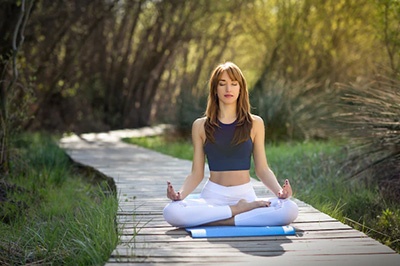
Movement styles
To guarantee a well-rounded, complete body workout, every yoga session should incorporate a variety of movement styles. The primary motions used in yoga asanas include the following:
- Forward bends: Poses like the Wide-legged Forward Bend and the Standing Forward Bend stretch your hamstrings, lengthen your spine, and massage your internal organs, particularly the digestive organs. The forward bending also facilitates mental clarity, mental calmness, and a sense of surrender.
- Back bends: Postures like the Cobra help to strengthen and elongate your spine. In addition to stretching out the front of your body, bending backward opens up your chest, promotes deep breathing, and leaves you feeling re-energized and revitalized.
- Lateral bends: Poses like the Triangle strengthen your spine’s sideways mobility while also stretching out your sides, which can quickly get squeezed in daily life.
- Twists: In positions like the Seated Twist, your spine and torso twist in a way that releases tension throughout your back and massages your belly, reviving your digestive system. Exploring this novel method of moving can also broaden your perspective and make your mind more adaptive because twisting movements are unusual in normal life.
- Equities: Building a strong core and learning to fully focus your mind while maintaining your balance in one-legged poses like the Tree and poses that need you to balance on your hands.
- Inversions: Inverted positions, including the Shoulderstand, strengthen the upper body and promote circulation by bringing more blood to the heart.
The Value of Concentration
Yoga poses should all be performed with a soft focus. Drishti is a technique used in ashtanga yoga, encouraged to develop this concentration. This entails focusing your attention on a certain area, the notion being that focusing your eyes will help you focus on your thinking. Drishti assembles all the senses together and induces both mental and physical quiet in the mind and senses so that you are no longer aware of them as you perform your postures, and avoid becoming preoccupied with the outside world.
When Should I Work Out?
Yoga can be practiced whenever feasible. As an example, different posture combinations can be employed to energize you when you feel weary or sluggish or to assist you to relax when you’re anxious. However, a strenuous practice would be done in the morning to energize the body for the day, and a soft, restorative practice would be done in the evening to help the body achieve equilibrium. Always wait two to three hours after eating before exercising.
How Long Do I Need To Maintain Each Posture?
Depending on the “kind” of yoga you’re doing, and how you’re feeling at the moment, poses can be held for varying amounts of time. However, feel free to hold a position for a little bit longer if you wish to attain a deeper stretch or relaxation than the time suggested permits, as long as it’s not uncomfortable for you.
In A Nutshell
Yoga teaches us to find and/or accept who we truly are. We are able to relate to one another more deeply as a result. Yoga not only helps us connect on a physical and psychological level, but it also strengthens the connections between our thoughts and our bodies, ourselves, and the environment in which we live.
At Wellintra, yoga is taught in a variety of ways all around the major cities, and it helps you connect with yourself in a way that few other activities can. Connect with us to help us send you a guide and teacher who can transform your health for the better for the rest of your life!
Do not miss a single article!
Submit your email id to get new articles directly into your email inbox!
- Why You Should Learn Pilates - August 27, 2022
- All You Need to Know about HIIT Workouts - August 23, 2022
- Hallmarks of A Good Fitness Trainer - August 20, 2022
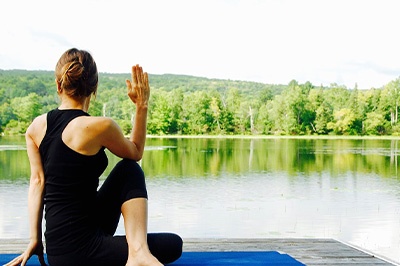
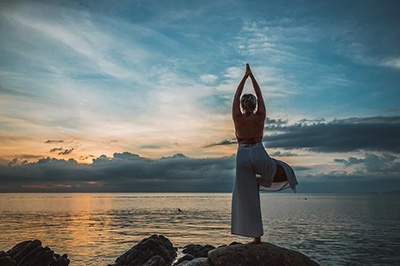
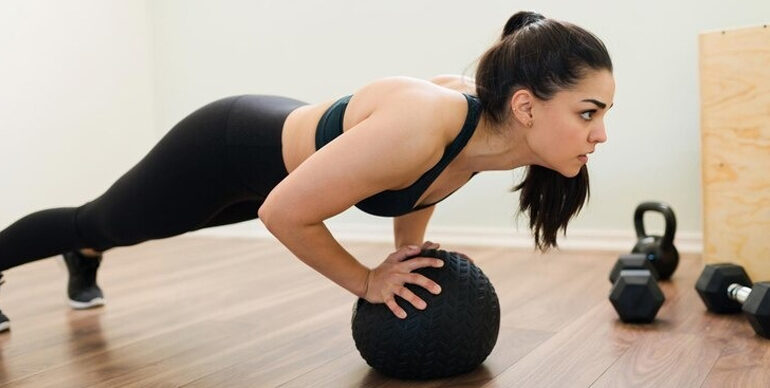
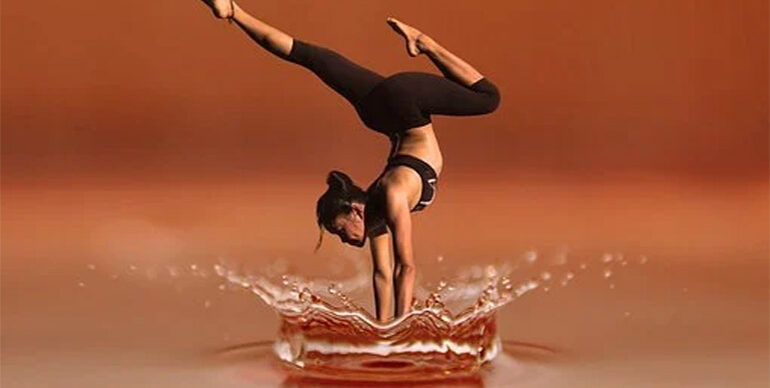
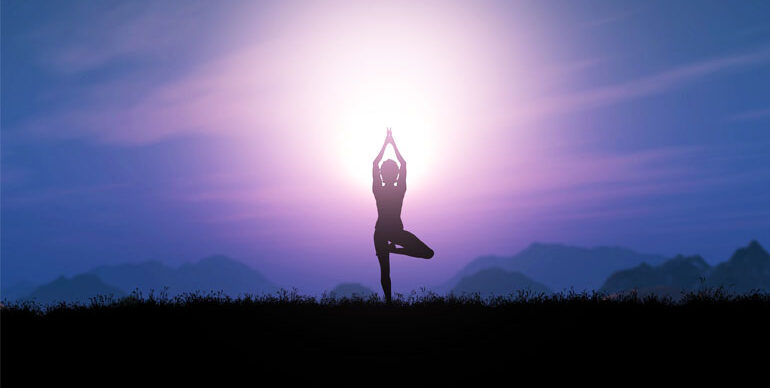

Add Review